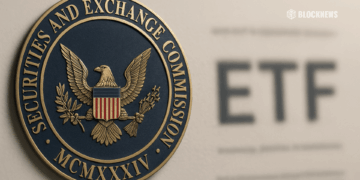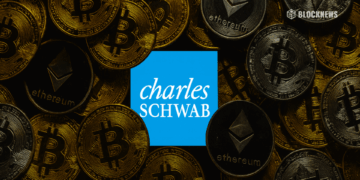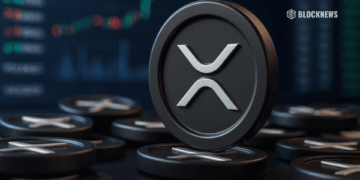- Ethereum Improvement Proposal (EIP-6968) suggests introducing “Contract Secured Revenue” (CSR) tokens for dApp creators on Layer 2 (L2) to earn a share of transaction fees.
- L2 solutions enhance Ethereum scalability by processing transactions off the main blockchain, reducing costs and congestion.
- The proposal incentivizes developers to deploy dApps on L2 networks, fostering innovation and growth within the Ethereum ecosystem.
Ethereum developers have proposed EIP-6968, an Ethereum Improvement Proposal (EIP), to allow decentralized application (dApp) creators to earn a share of transaction fees generated on Layer 2 (L2).
EIP-6968’s initial goal is to introduce a new type of token, the “Contract Secured Revenue” (CSR), which will allow developers to claim a percentage of transaction fees generated when users interact with their smart contracts.
One of the proposal’s co-authors, Kevin Owocki, sees the new development as an opportunity for projects to band together, form an L2 around shared ideas, and share sequencer fee revenue based on who drives the most usage.
Mechanism and Scaling
Layer 2 solutions are critical to improving the Ethereum network’s scalability. They mitigate network congestion and reduce transaction costs by conducting transactions outside the main Ethereum blockchain (Layer 1 or L1).
Layer 2 solutions employ techniques such as state channels, sidechains, and rollups to enable faster and more efficient transaction processing. They significantly increase transaction throughput, allowing users and developers a more fluid, scalable experience.
The relationship between L2s and the EIP-6968 proposal is that the former enables smart contract developers to access potentially lucrative revenue streams. Layer 2 can incentivize developers to create and deploy dApps on these networks by introducing the concept of “Contract Secured Revenue” (CSR), fostering innovation and community growth. It creates a positive feedback loop in which the more a developer’s smart contracts are used, the more transaction fees they may earn. This motivates developers and accelerates the Ethereum ecosystem‘s overall development and scaling.
Adoption and its Potential
CSR revenue could be used for various purposes, such as funding dApp development, public goods, or incentivizing developers to join a network. While Owocki first proposed EIP-6968 in May, it has gained traction since his presentation at the recent EthCC conference in Paris.
By introducing a novel type of incentive for developers, EIP-6968 can potentially revolutionize the fiercely competitive Ethereum scaling sector. The proposal proposes using L1 protocol rewards to fund smart contract development, which is a significant departure from the current state of market mechanisms.
EIP-6968 is seen as a step beyond app-chains in that it enables “ecosystem–chains” that host multiple decentralized applications. It is a modified version of EIP-1559, which implemented Ethereum’s burn mechanism in August 2021.
Any network that uses EIP-1559 could implement the proposed upgrade. Owocki expressed optimism about the potential traction within the L2 ecosystem, predicting a profitable cycle in which smart contract developers are compensated for the value they add to L2s.














